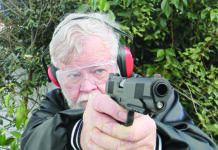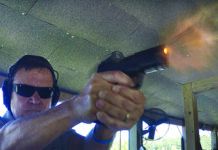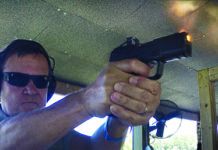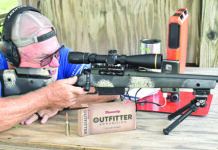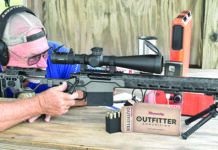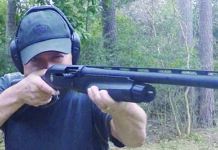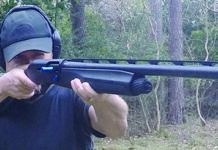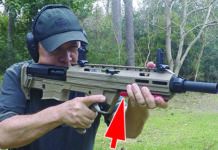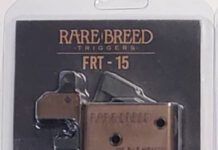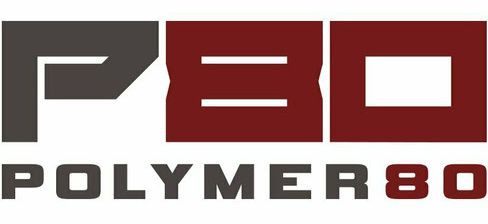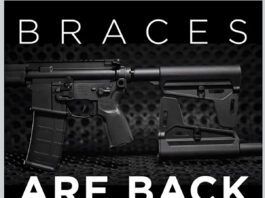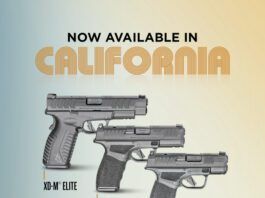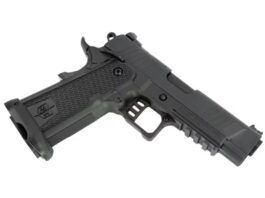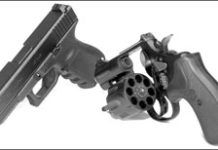Smith & Wesson to Equip South Australia Police Force
$1000 Carry Guns: SIG Sauer, Glock, Springfield, and Smith
When it comes to describing or categorizing a gun, it is very easy to throw around words like tactical, custom, elite, or professional. The banner we've thrown over the four handguns evaluated herein reads Pro Carry. What makes a sidearm a professional carry gun? Our working definition begins with the second word first. A carry gun is one that lends itself to being on the person for extended periods of time, often in concealment. A professional's gun is one that fits his or her purpose.
For the professional it should follow that every aspect of the gun be absolutely of the finest quality and design. But the reality is that top line guns are too expensive for the average policeman, detective, agent, or bodyguard. However, we think that for about $1000 there should be a grade of firearm that offer features superior to standard models that are just as functional as those found on more expensive custom-made guns. In this test we will try to confirm this theory. Recognizing that handguns are not a "one size fits all" proposition, we will test four different models chambered for four different calibers, each of proven stopping power.
Our first gun was the 45 ACP Sig Sauer P220 Carry SAS 220R3-45-SAS, $1093. Test ammunition included the Hornady Custom 185-grain JXP/XTP and 200-grain JHP/XTP +P rounds. We also tested with a light target round we loaded ourselves. Components were fresh Remington cases (head-stamped R-P, Winchester Large Pistol primers, Winchester 231 powder, and the Sierra Tournament Master 230-grain FMJ bullet number 8815.
Our second gun was the 45 GAP Glock 38, ($685). Test ammunition was the 185-grain Speer Lawman FMC round, Federal's 185-grain Hydra-Shok JHP, and Speer's 200-grain Gold Dot hollowpoints. Our Glock 38 was fit with several handpicked upgrades.
From Springfield Armory we ordered a 4-inch barrel XD40 with the Custom Shop Pro Carry modifications in place, plus a couple of features picked a la carte, $1005. Test ammunition for our XD40 Pro Carry consisted of Black Hills 165-grain JHP EXP rounds plus two choices from Winchester USA. They were the 165-grain full-metal-jacket rounds plus the 180-grain jacketed hollowpoint Personal Protection load.
Our final gun was a high-capacity lightweight revolver. Smith & Wesson's $1082 327 NG Night Guard is an eight-shot .357 Magnum snubnosed revolver built on an alloy frame. Magnum test rounds were 130-grain Federal Hydra-Shok hollowpoints, and Black Hills 158-grain JHP rounds. We also tried a remanufactured 38 Special 125-grain semi- jacketed hollowpoint round from Black Hills.
Our tests were performed in two parts. Outdoors at Phil Oxley's training facility in Monaville, Texas (theimpactzonerange.com), we recorded five-shot groups from a distance of 25 yards. These shots were hand fired, but over a bench with sandbag support. Compact guns are seldom tested from 25 yards, but we were spurred on by the clarity of sight picture afforded by each gun and the perfect shooting conditions (not to mention the fact that since these guns cost more, we expected more). We also visited Houston to shoot at our favorite indoor range, Top Gun (topgunrange.com). At Top Gun we were able to perform rapid-fire tests under a variety of ambient-light conditions. We wanted to know how fast and how easy we could deliver two hits onto a Hoffners ABC16 training target, ($75 per 50-count from hoffners.com, [713] 957-1200). Test distance was 21 feet. Our start position was holding the gun below eye level with our hands pulled in toward our chest. After the start signal from our electronic shot timer, we were looking for perfect hits. By perfect we mean not just two hits inside the A zone and one to the B zone (chest and head respectively), but exactly on top of the 2-inch-high letters themselves. We repeated these three-shot strings ten times for a total of 30 rounds. We wanted to find out what it took to make these guns shoot their best.
To some, spending $1000 for a handgun may seem excessive, but some shooters demand high quality irrespective of price. We should mention that all four guns ran flawlessly without the slightest hint of trouble. We think that most civilian gun owners will never need to use their guns in self defense. But the professional can reasonably assume that relying up his weapon for survival is inevitable. That being said, a lifetime warranty, even one that promises full replacement, could prove useless. An accurate, reliable gun is the best guarantee in our view. Let's find out which guns are right for the job.



